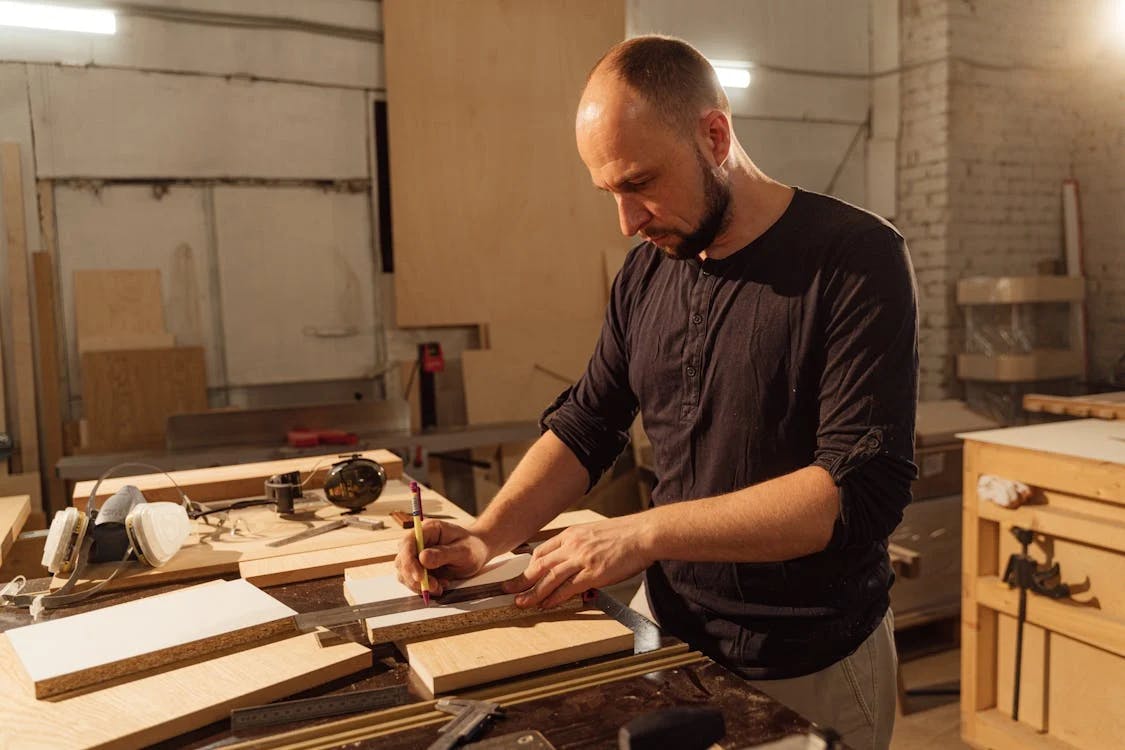Building Furniture 101: Tips for Beginners
Building your own furniture can be a rewarding experience, offering both a creative outlet and the opportunity to create something unique for your home. Whether you're planning to craft a simple bookshelf or a complex dining table, starting with the right foundation is key. Here are some essential tips for beginners looking to embark on their first furniture building project.
1. Understand Your Materials
Types of Wood:
- Softwoods: Pine, cedar, and spruce are affordable and easier to work with. Ideal for beginners.
- Hardwoods: Oak, maple, and walnut are more durable but can be harder to handle. They are great for pieces that need to withstand more wear and tear.
Other Materials:
- Plywood: Good for flat surfaces and widely used for modern furniture.
- MDF (Medium Density Fiberboard): Affordable and smooth, perfect for painted furniture.
2. Essential Tools for Furniture Building
To get started, you'll need some basic tools. Here’s a list to help you begin:
- Measuring Tape: Accuracy is crucial in furniture making.
- Saw: A circular saw or handsaw is essential for cutting wood.
- Drill: For making holes and driving screws.
- Hammer and Nails: For basic joining methods.
- Sander: For smoothing out rough edges.
- Clamps: To hold pieces together while glue dries.
3. Basic Joinery Techniques
Joinery is the heart of furniture making. Here are a few techniques suitable for beginners:
- Butt Joint: The end of one piece of wood butts against another. Use screws or nails to secure.
- Dowel Joint: Uses small wooden pins (dowels) to join pieces.
- Pocket Hole Joint: Screws are driven into angled holes to join two pieces discreetly.
4. Design and Planning
Before you start cutting wood, plan your project:
- Sketch your design: This helps visualize the final product and aids in the measurement process.
- Calculate materials needed: List down all materials and their quantities to avoid multiple trips to the store.
5. Safety First
Safety should always be your top priority:
- Wear safety gear: Always use goggles, gloves, and ear protection.
- Read tool manuals: Understand how to operate each tool safely.
- Keep a clean workspace: A cluttered area can lead to accidents.
6. Finishing Touches
The finish can make a big difference in your project’s appearance and durability:
- Sanding: Smooth the wood thoroughly before applying any finish.
- Staining: Choose a stain that enhances the natural beauty of the wood.
- Sealing: Protect your piece with a clear coat of polyurethane or varnish.
Conclusion
Building furniture is an enjoyable and productive skill that improves with practice. Start with simple projects and gradually move to more complex pieces as you gain confidence and experience. Remember, every master was once a beginner, and every piece of furniture is a step towards mastery.
For more personalized advice or specific questions, chat with Mavyn GPT or connect with one of our human experts at Mavyn. We’re here to help you make your DIY furniture building journey a success!
